Voters for Peace

About VotersForPeace
VotersForPeace Project Board
VotersForPeace Co-Founders
About VotersForPeace
VotersForPeace is educating, organizing and activating voters to end the occupation of Iraq and prevent future wars of aggression. Our mission is to mobilize anti-war voters into a visible and effective political force that cannot be ignored. We provide voters with the information and tools they need to be effective peace advocates; this includes educating their friends and family on the occupation, writing letters to the media, and holding congressional and presidential candidates accountable.
The first thing that voters can do to take action 
VotersForPeace was launched on March 17, 2006, with the VotersForPeace Pledge, a shared project of national, state and local participating groups. Click here to read the launch press release, speaker bios and statements.
VotersForPeace is sponsored by Campaign for Fresh Air & Clean Politics, a 501(c)(3) tax-exempt, public charity for education and research. It engages in very limited lobbying and no political activity.
______________________________________________________________
KEVIN MARTIN 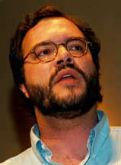
Kevin Martin is the Executive Director of Peace Action. He serves on the administrative steering committee of United for Peace and Justice and has been a long-term anti-nuclear, anti-war advocate.
GEOFFREY MILLARD 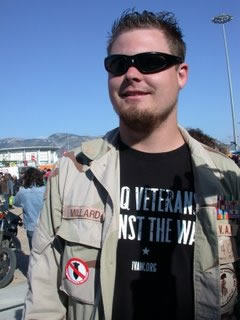
Geoffrey Millard is the Washington, DC representative of Iraq Veterans Against the War. He has been featured in or on Democracy NOW, The NY Times, MTV, MSNBC, Fox News, Common Dreams, Indy media, and other media outlets. Geoff has traveled to Jordan and Syria to meet with Iraqi refugees and was the first (and only) Iraq war veteran to meet with members of the Iraqi parliament about their 26-point peace plan.
TINA RICHARDS 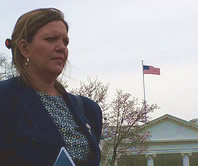
Tina Richards is a Marine Mom and the CEO of Grassroots America, http://www.grassrootsamerica4us.org/. She is the mother of Marine Cpl. Cloy Richards who served two tours in Iraq and is now 80% disabled. She managed the congressional campaign of Democrat, Veronica Hambacker, in Missouri in 2006.
LINDA SCHADE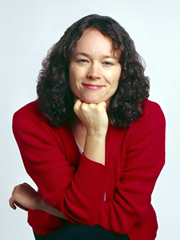
Linda Schade is Executive Director of VotersForPeace and an ex officio member of the VotersForPeace board. Ms. Schade is a 20-year political veteran featured on CNN, Fox News, C-SPAN, Washington Post, USA Today, NPR, Pacifica radio, and other media outlets on her peace, justice and democracy work. She co-founded TrueVoteMD and VoteTrustUSA - a state and national organization fighting for transparent elections voters can trust, and paper records for electronic voting machines, and the Montgomery County Coalition for Alternatives to War. Linda is also the Founder of the Campaign for Fresh Air & Clean Politics, a 501(c)3 organization, the sponsor of VotersForPeace. She ran for state legislature in Maryland on the Green Party ballot line in 2002, and has worked on numerous electoral campaigns. Ms. Schade has traveled extensively, and lived and worked internationally, including in Doha, Qatar.
CINDY SHEEHAN 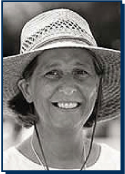
Cindy Sheehan the co-founder of Gold Star Families for Peace. Cindy's son, Army Spc. Casey A. Sheehan, was killed in action in Sadr City, Baghdad on April 4 2004. She is also a member of the board of Progressive Democrats of America.
DAVID SWANSON 
David Swanson is the co-founder of the pro-impeachment organization, After Downing Street and the Washington Director of Democrats.com and ImpeachPAC.org. He is creator of MeetWithCindy.org, and a board member of Progressive Democrats of America. He has worked as a newspaper reporter and as a communications director, with jobs including Press Secretary for Dennis Kucinich's 2004 presidential campaign, Media Coordinator for the International Labor Communications Association, and three years as Communications Coordinator for ACORN, the Association of Community Organizations for Reform Now. His website is http://www.davidswanson.org/.
ANN WRIGHT 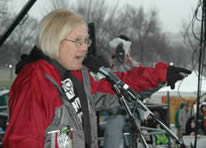
Ann Wright is the Chair of Veterans for Peace and a former colonel in the U.S. military. Ann had an impressive 29 year career in the U.S. military and also served in the Foreign Service from 1987 to 2003 when she resigned in protest over the Iraq War. She served as Deputy Chief of Mission of US Embassies in Sierra Leone, Micronesia and Afghanistan . She received the State Department's Award for Heroism for her actions during the evacuation of 2,500 persons from the civil war in Sierra Leone, the largest evacuation since Saigon in 1974.
REV. LENNOX YEARWOOD 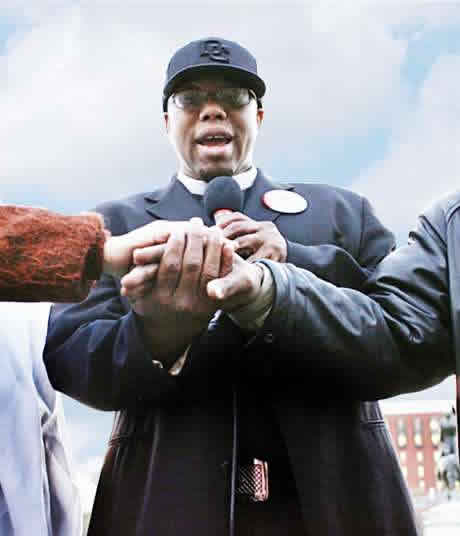
Rev. Lennox Yearwood is a former military chaplain and President of the Hip Hop Caucus. He was a presidential intern under President Bill Clinton. Rev. Yearwood is the Chairman of the Board for E.G.O.S (Education, Goals, Opportunities, and Sports) United Inc., and Helping the Homeless of the World Inc. He is also on the Board of Directors for Progressive Democrats of America, United for Peace and Justice, and Clergy and Laity Concerned about Iraq.
KEVIN ZEESE 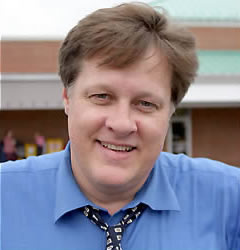
Kevin Zeese is the Executive Director of Democracy Rising and an attorney who has been a long term peace advocate. He is a co-founder of VotersForPeace and he serves as Chairman of the Board. Zeese took a leave from VotersForPeace for most of 2006 while he was running for the U.S. Senate in Maryland. Zeese was a founding member of the Montgmery County Coalition Against the War in Maryland and has worked with various non-profit organizations on peace, justice, and democracy issues since 1978.
______________________________________________________________
Founders of VotersForPeace
VotersForPeace was co-founded by Dick Mazess, Bill Scheurer, Kevin Zeese and Linda Schade on March 17, 2006, the third anniversary of the Iraq War.
VotersForPeace is sponsored by Campaign for Fresh Air & Clean Politics, a 501(c)(3) tax-exempt, public charity for education and research. It engages in very limited lobbying and no political activity.
VotersForPeace
6930 Carroll Avenue, Suite 240
Takoma Park, MD 20912
301-270-2355
Copyright 2006 VotersForPeace.US. All rights reserved.























